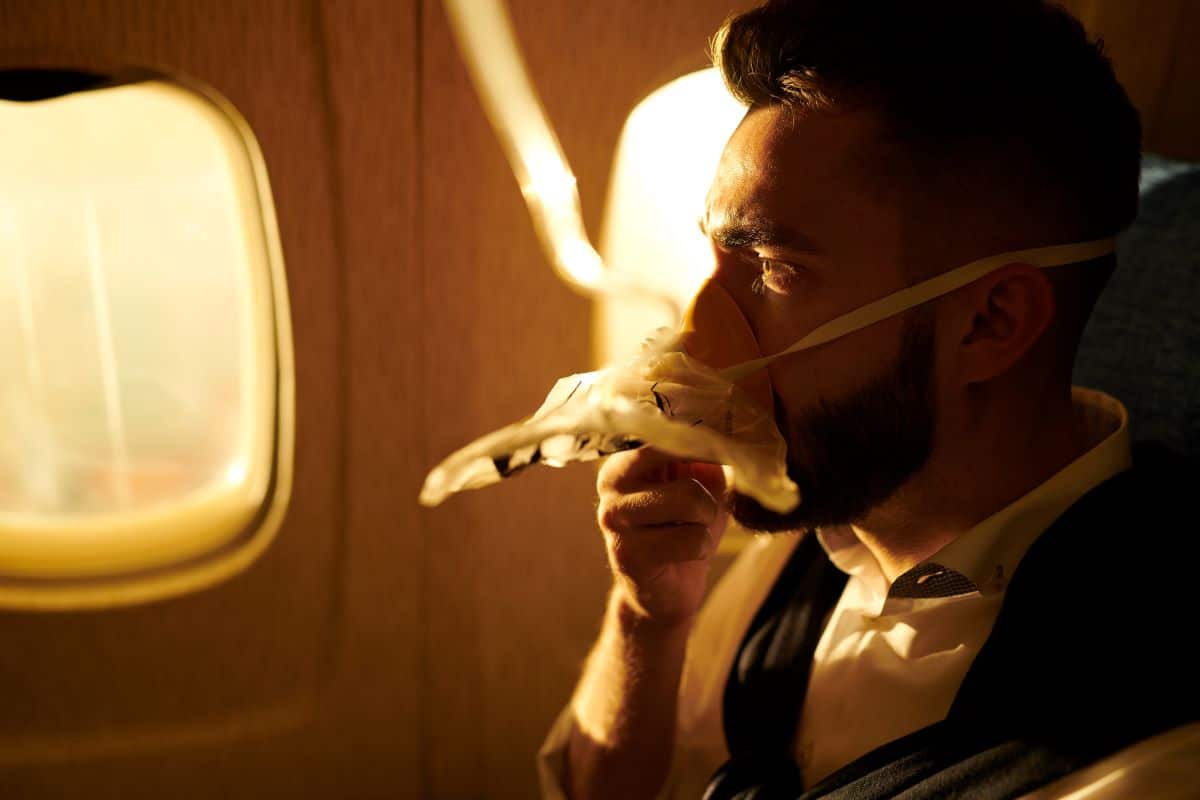Did You Know? Airline Cabin Depressurization
Did you know that all airliners and private jets have pressurized cabins that permit passengers to ride comfortably at high altitudes without oxygen masks?
Most airliners fly at altitudes between 30,000 and 40,000 feet to avoid weather and improve operating efficiency.
Do you know how long you can survive without oxygen if the cabin suddenly depressurizes at these altitudes? At 30,000, most humans will start experiencing disorientation and confusion within 1 to 2 minutes, called the time of “useful consciousness”. This is when a pilot or passenger must put on an oxygen mask to retain their functional thinking ability. At 40,000 feet the time of useful consciousness shrinks to a mere 15-20 seconds. Once a human loses useful consciousness, the continued deprivation of oxygen at these kinds of altitudes is fatal.
One of the most memorable cabin depressurization events took the life of professional golfer Payne Stewart, whose Learjet failed to properly pressurize, disabling all persons on board. The jet continued to fly on autopilot until it ran out of fuel and crashed in South Dakota.
Have Questions? Speak to an Experienced Airline Injury Lawyer Today
If you or a family member suffered a serious in-flight injury due to depressurization, there are probably a myriad of questions you want answered. Who is responsible for covering your medical expenses? What happens if you need to take time off work to recuperate from your in-flight injury?
The airplane accident injury attorneys at Slack Davis Sanger are here to help and can offer guidance on what steps you should take following an in-flight injury due to depressurization. Our team of seasoned personal injury attorneys understands the nuances of federal regulations and the legal prerequisites necessary for a viable in-flight personal injury claim. Contact our office today to schedule a free, confidential consultation.

